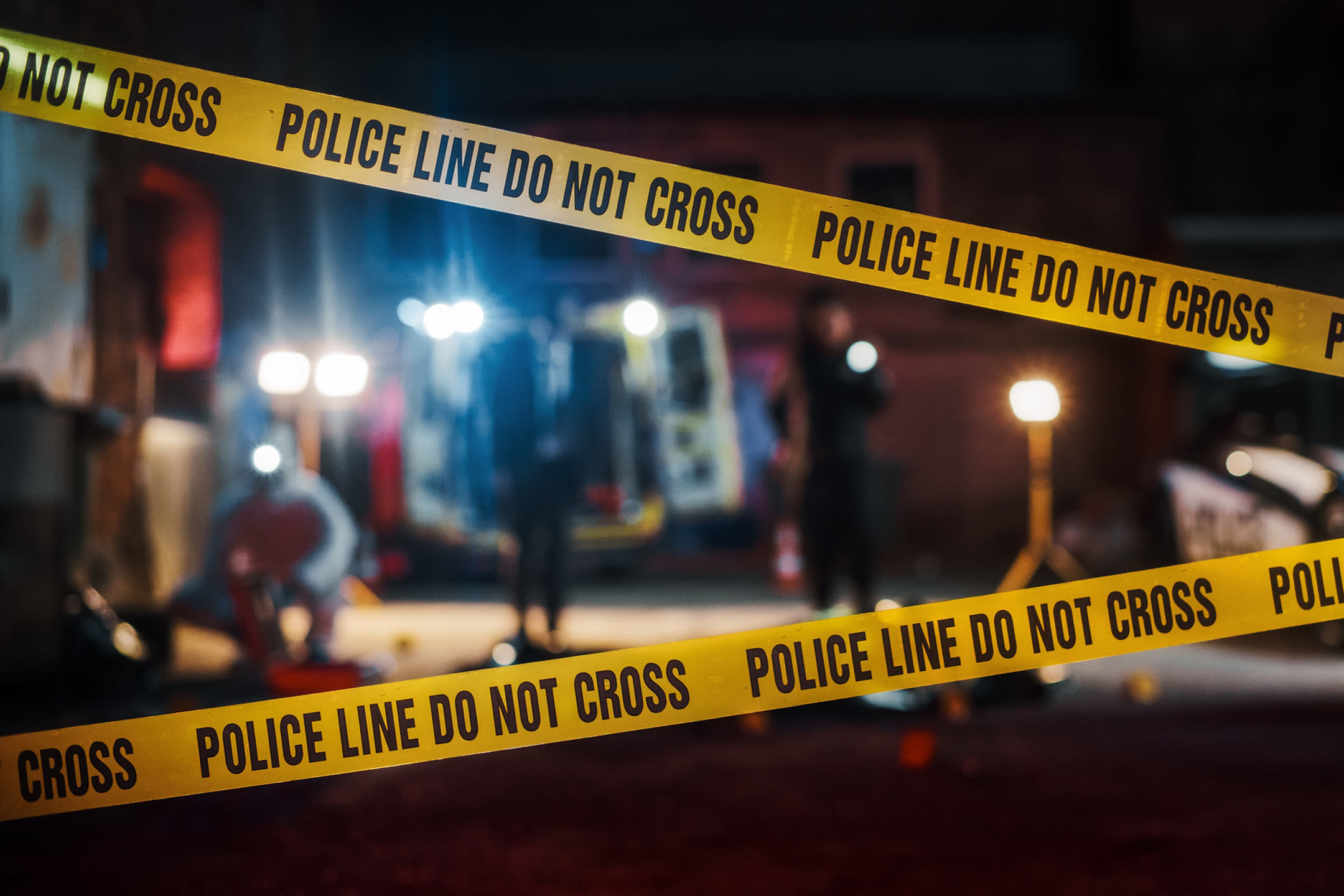When Right-Wingers March in Portland, It’s Really All About the Clips

Image: Sam Island
As rush hour crawled along I-5 near the Rose Quarter, I helped Eric—a tall, bearded Iraq combat veteran in a MAGA cap—unfurl an enormous banner over the Broadway overpass. It bore a simple demand, in hand-painted letters: FREE ALEX JONES.
Eric set up his phone to shoot footage. Responses to his sign flickered between approving honks and middle fingers. “Trump loves you!” he shouted at the haters.
This wasn’t Eric’s first time on an overpass in protest of Facebook, Twitter, and YouTube’s bans on Jones, the multiplatform conspiracy theorist. “I’m glad you’re here,” he said to me. “I thought I was going to get thrown off last time.”
I was not, in fact, there to free Alex Jones.
A left-leaning political science major from Reed, I was working on my thesis. I’d spent months interviewing the right-wing protesters who, in the Trump era, routinely flood Portland’s streets, sometimes provoking violent clashes. In the course of my research, I’d learned something: for all his public commitment, the real audience for Eric (not his real name—anonymity was a condition of my research) wasn’t the commuters down below. His true targets waited online.
Portland’s right-wing rallies bristle with purposeful provocation. Protesters fly the “Kekistan” flag (modeled on a Nazi battle flag), and spew violent challenges. “Antifa” lefties, often masked and black-clad, offer the hard-core opposition.
Cameras capture everything. Then, a decentralized task force of videographers, editors, and influencers descends upon the footage, mass-producing videos posted to YouTube, shared via social media, and often picked up by mainstream news outlets. The videos cast our city as a battleground, the fantastical front line of an existential clash between good and evil. The most straightforward tend to portray antifa as a violent threat to free speech; when a June protest landed right-wing journalist Andy Ngo in the hospital, many videos portrayed him as a victim of unprovoked antifa thuggery.
Others are more cinematic. A single incident from June 30, 2018, when a Proud Boy known as Rufio Panman knocked out an armed counterprotester, inspired scores of videos by different creators. Cameras captured the punch from multiple angles; the numerous editors created action-movie-style sequences, complete with light filters and pounding music. As of October 2019, just five of the most popular versions combined to amass more than 1.5 million views on YouTube; millions more saw footage of the incident on The Alex Jones Show or heard about it via podcast icon Joe Rogan’s critique of antifa fighting skills.
This prolific subculture often infiltrates mainstream political discourse. Just before the midterms, a pro-GOP attack ad from a conservative interest group showed Portland protest footage essentially identical to any number of viral, amateur videos. “Voting for any Democrat gets you all of that,” the voice-over intoned. Ted Cruz’s Senate resolution branding antifa a domestic terrorist group, introduced in July of this year, cited the Ngo situation and other Portland events captured on YouTube.
During my interviews, I met few committed fascists. Instead, I found conservatives who saw videos of protest violence and decided to respond. As one put it: “What got me off the couch, really, was seeing people that couldn’t defend themselves.”
Eric’s rush-hour protest did not “free” Alex Jones. But it generated a few more clips to promote a storyline of war between left and right. Every protest video, set against a Portland backdrop—and with counterprotesters and passersby as unpaid guest stars—reinforces the narrative. And a few more people might decide that they have to take action.




